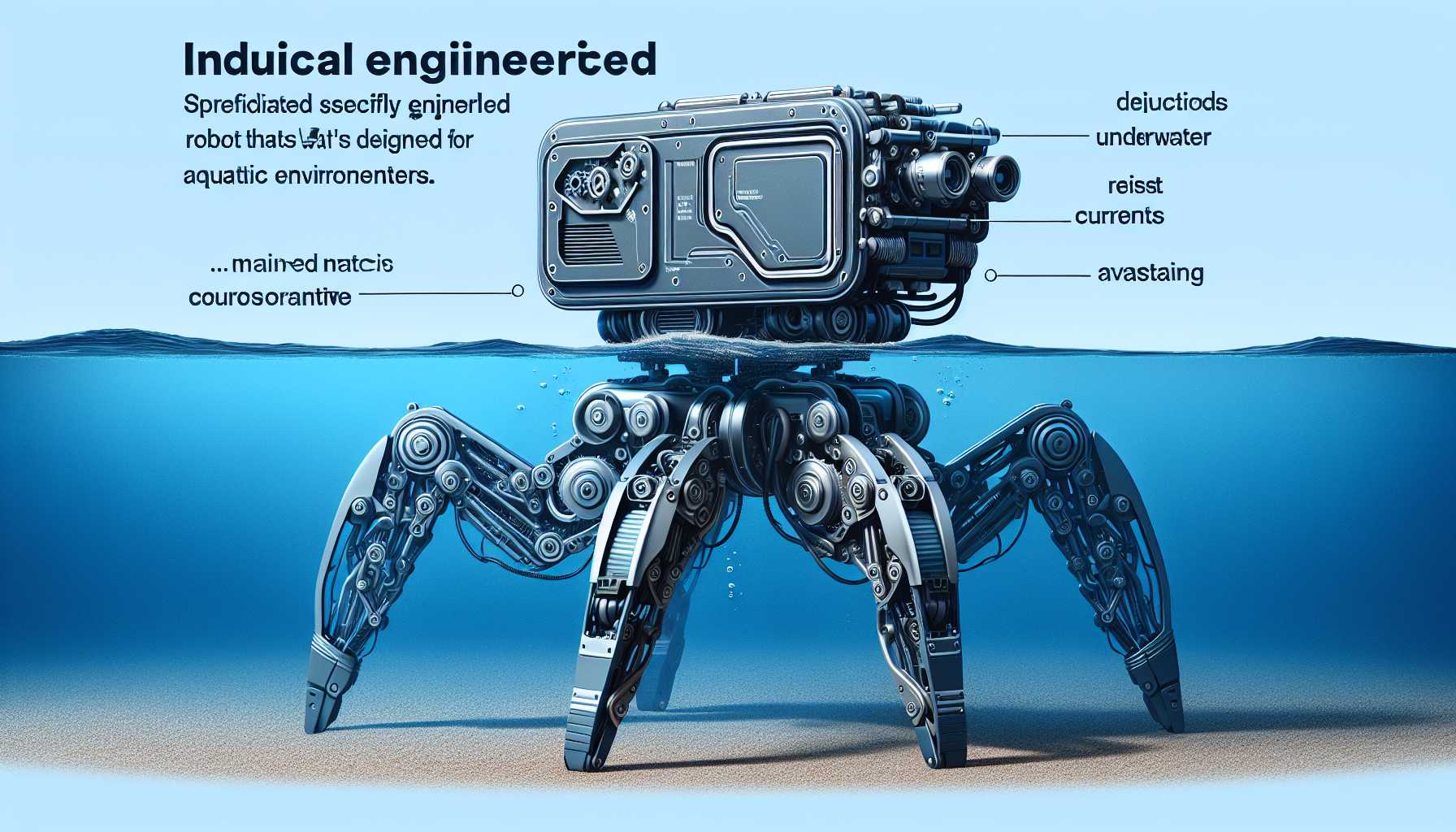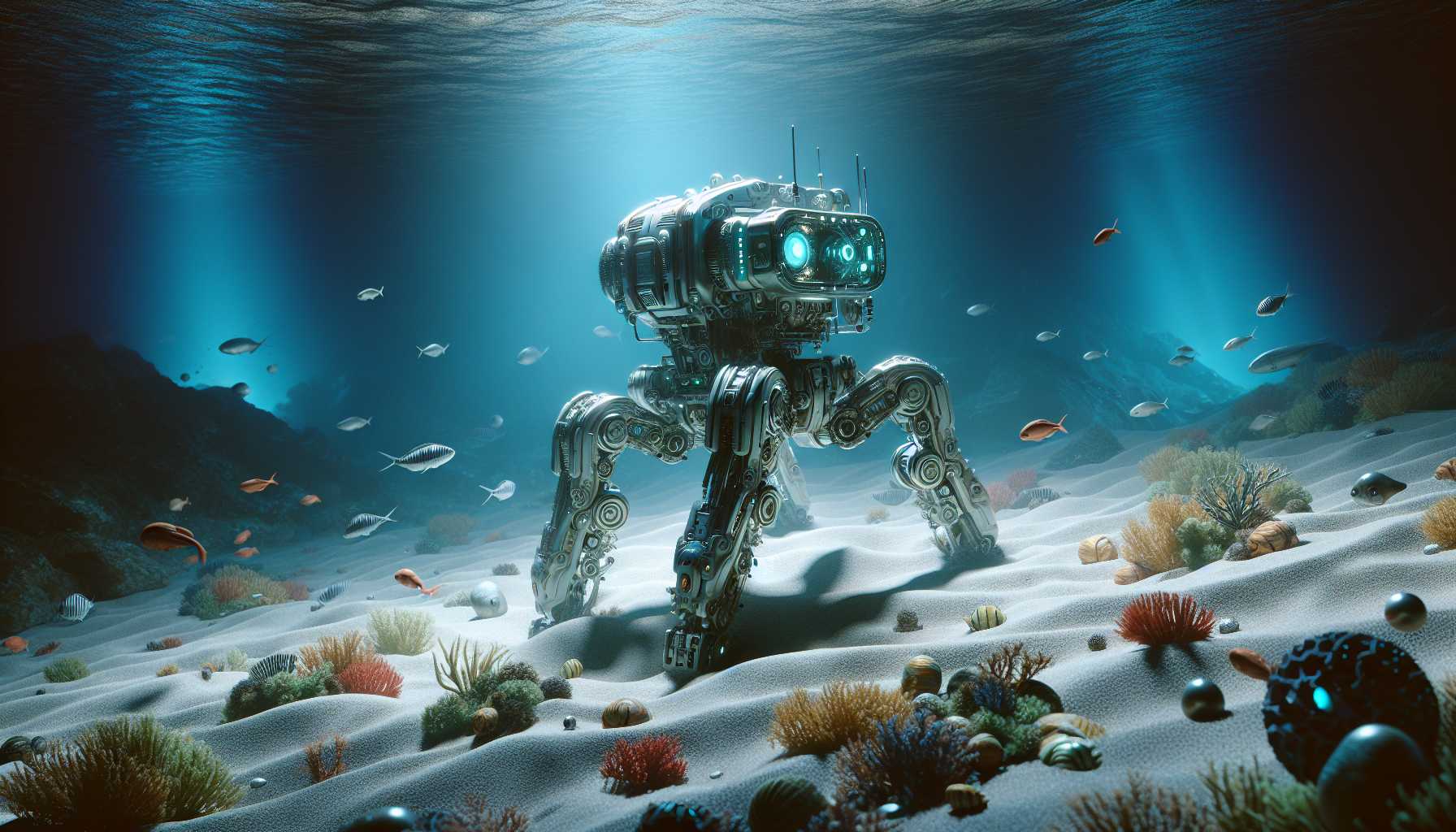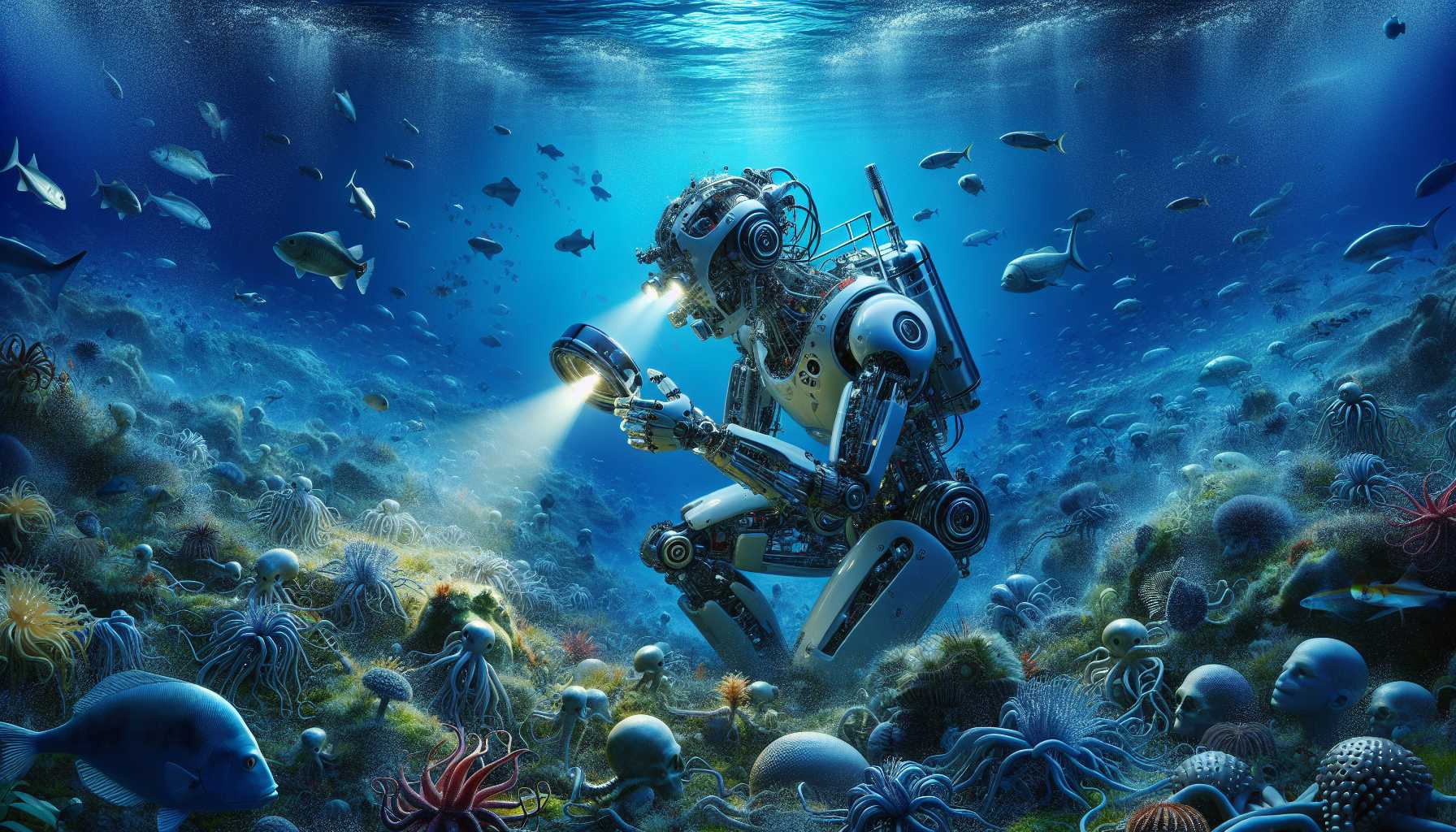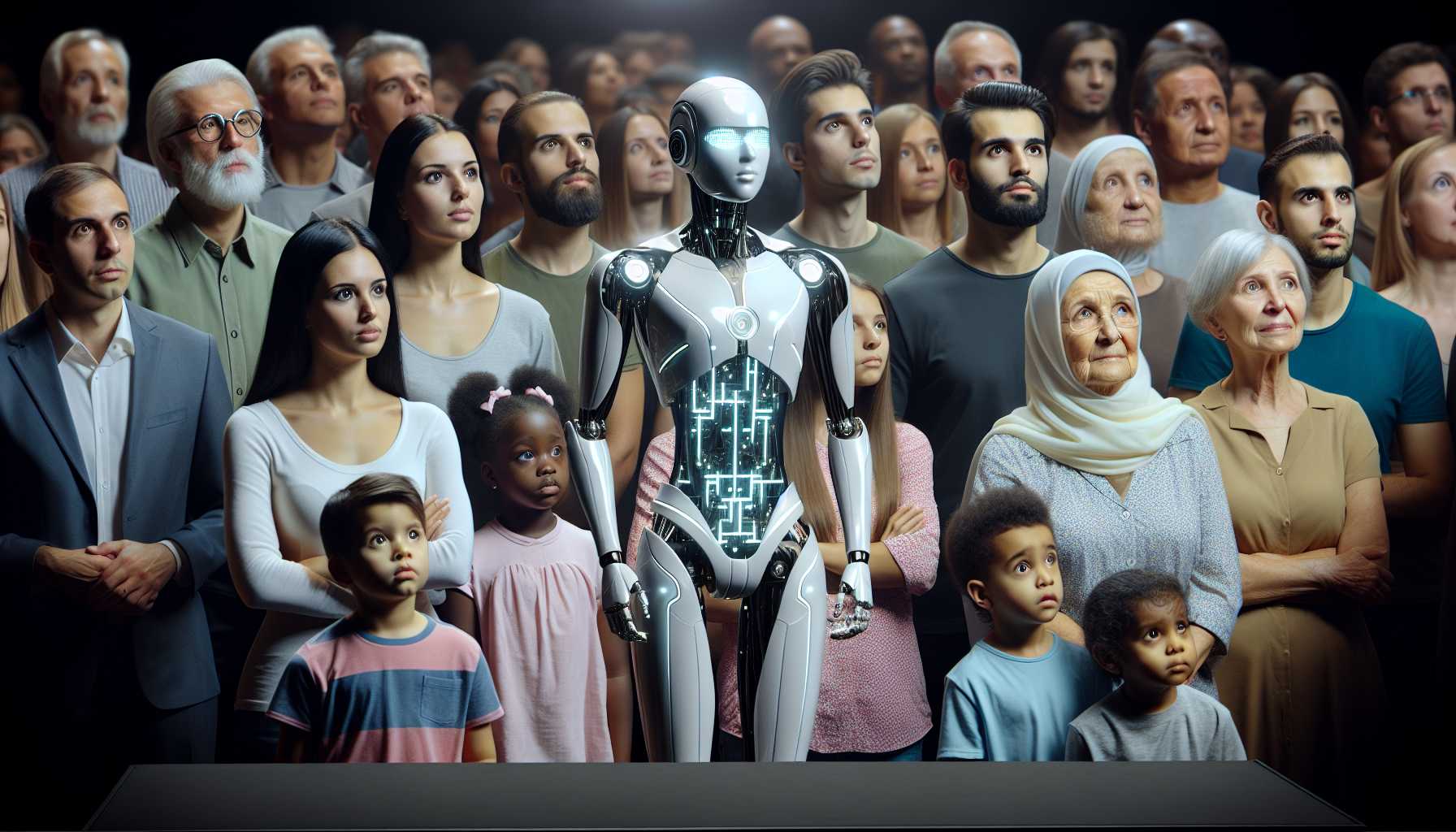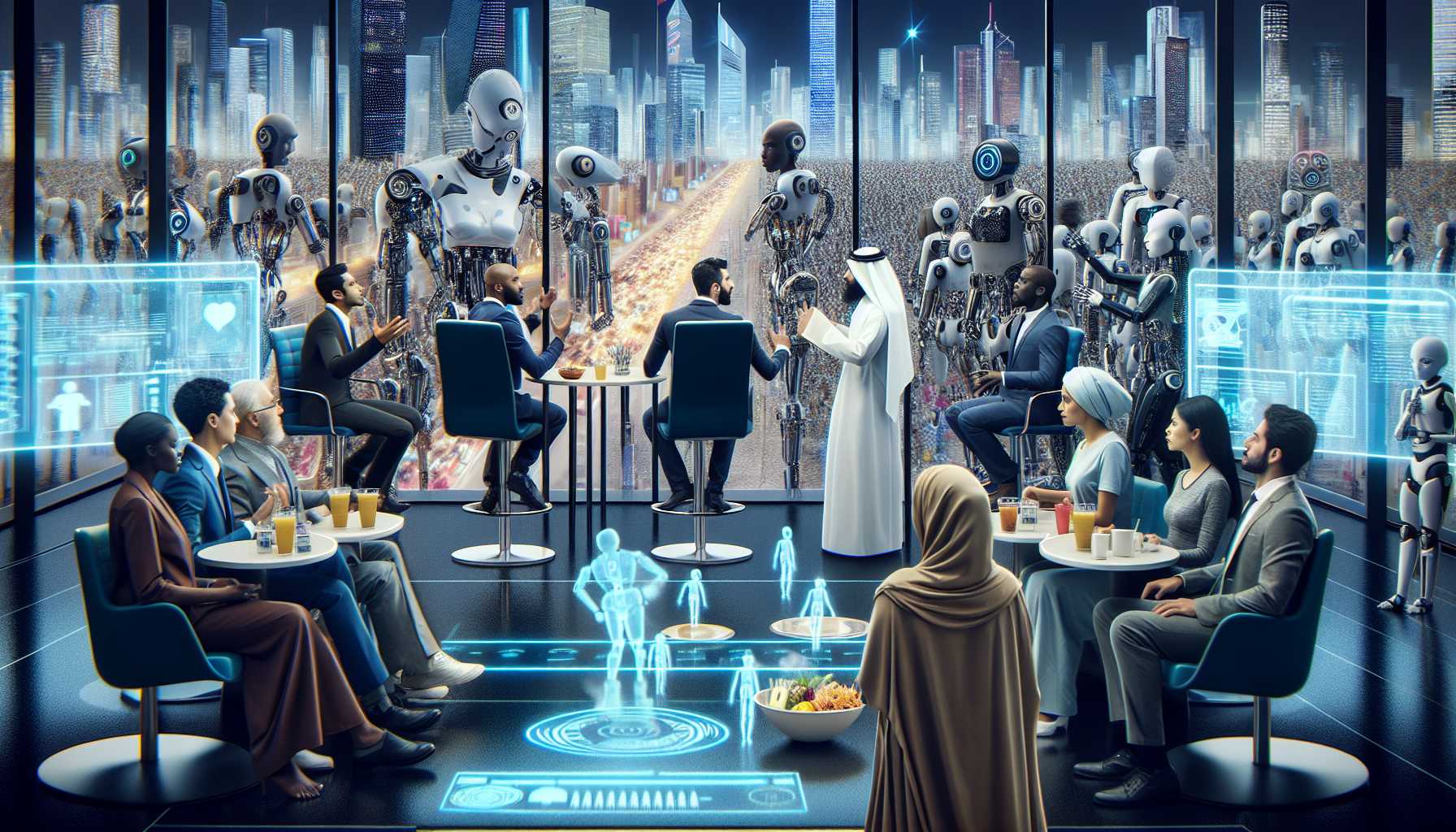Introduction to the World of Legged Robots
In the fascinating world of robotics, the evolution of legged machines has taken a rapid and captivating turn, diving into realms uncharted by most automatons. On the bleeding edge of this frontier, we find the Honey Badger Legged Robot by MAB Robotics. Its uncanny ability to maneuver underwater not only pushes the boundaries of robotic capabilities but stirs a mix of excitement and trepidation within tech-savvy audiences. As a tech investor and expert, the convergence of terrestrial and aquatic functionalities in robotics signals a revolutionary shift. It highlights an exciting era where the multifunctionality of machines could significantly impact various industries, from underwater exploration to disaster response.
Exploring the Honey Badger: Engineering Meets Intrigue
The Honey Badger Legged Robot, as showcased on TechCrunch, is both a marvel and a mild discomfort for those watching its YouTube test runs. Picture a scene where a robot, with mesmerizing precision and adaptability, embarks on an aquatic venture, descending to the depths of a pool. Yet instead of the gentle ripple of water, one is greeted by an eerie, metallic ringing, conjuring images familiar to fans of John Carpenter’s scores. This sonic landscape, coupled with the striking image of a mechanical creature advancing toward the camera lens, is reminiscent of a cinematic horror experience. It evokes associations with the unsettling tones of the Skinamarink soundtrack, blurring the line between reality and science fiction for the viewer. Despite this, I find a peculiar beauty in the robot’s fluid movements—each step an echo of engineering precision.
The Implications of Robotics Under the Sea
The prospect of legged robots transitioning between land and aquatic environments introduces a spectrum of possibilities. While initially unsettling, their versatility could catalyze advancements in environmental monitoring, oceanography, and search and rescue operations. Therein lies the paradox of technology: an instrument of unease can become an agent of innovation. Robots like the Honey Badger can access terrains and conditions challenging for human intervention, making them indispensable for data collection and hazard assessment. The potential for reducing human risk factors in dangerous environments cannot be overstated, paving the way for safer expeditions and responses to environmental disasters.
Public Perception: Fear or Fascination?
Public reception of these mechanical creatures often oscillates between awe and apprehension. The anthropomorphic design of quadruped robots, akin to dogs or other familiar animals, evokes an innate human response rooted in empathy—or sometimes fear, as they’re reminiscent of dystopian futures depicted in media like “Black Mirror.” However, as I’ve observed in the tech investment landscape, public perception can evolve. Emphasizing robotics’ beneficial applications can help alleviate initial concerns. Demonstrating practical advantages, such as conserving endangered marine habitats or aiding in historical undersea discoveries, could gradually win over skeptics and engender trust in robotic advancements.
The Road Ahead: Ethical and Technical Considerations
The development of dual-terrain robots raises questions beyond technical innovation—namely, ethical concerns surrounding surveillance, autonomy, and employment displacement. As stakeholders in this technology-imbrued future, it’s our collective responsibility to foster discussions that address these ethical dilemmas and encourage regulations that safeguard public interest. As I reflect on the Honey Badger and its trailblazing underwater journey, I envision a future where robots not only enhance our understanding of the world but do so aligned with ethical frameworks and societal values. This amalgamation of technology, ethics, and progress underscores the beauty of innovation itself: the ability to weave a future that complements human capability while respecting human boundaries.
Conclusion
In conclusion, the advent of underwater legged robots suggests exciting times ahead. By maintaining a dialogue that embraces both technological prowess and ethical stewardship, we can welcome these machines into a world where they coexist with admiration rather than adversarial suspicion.

